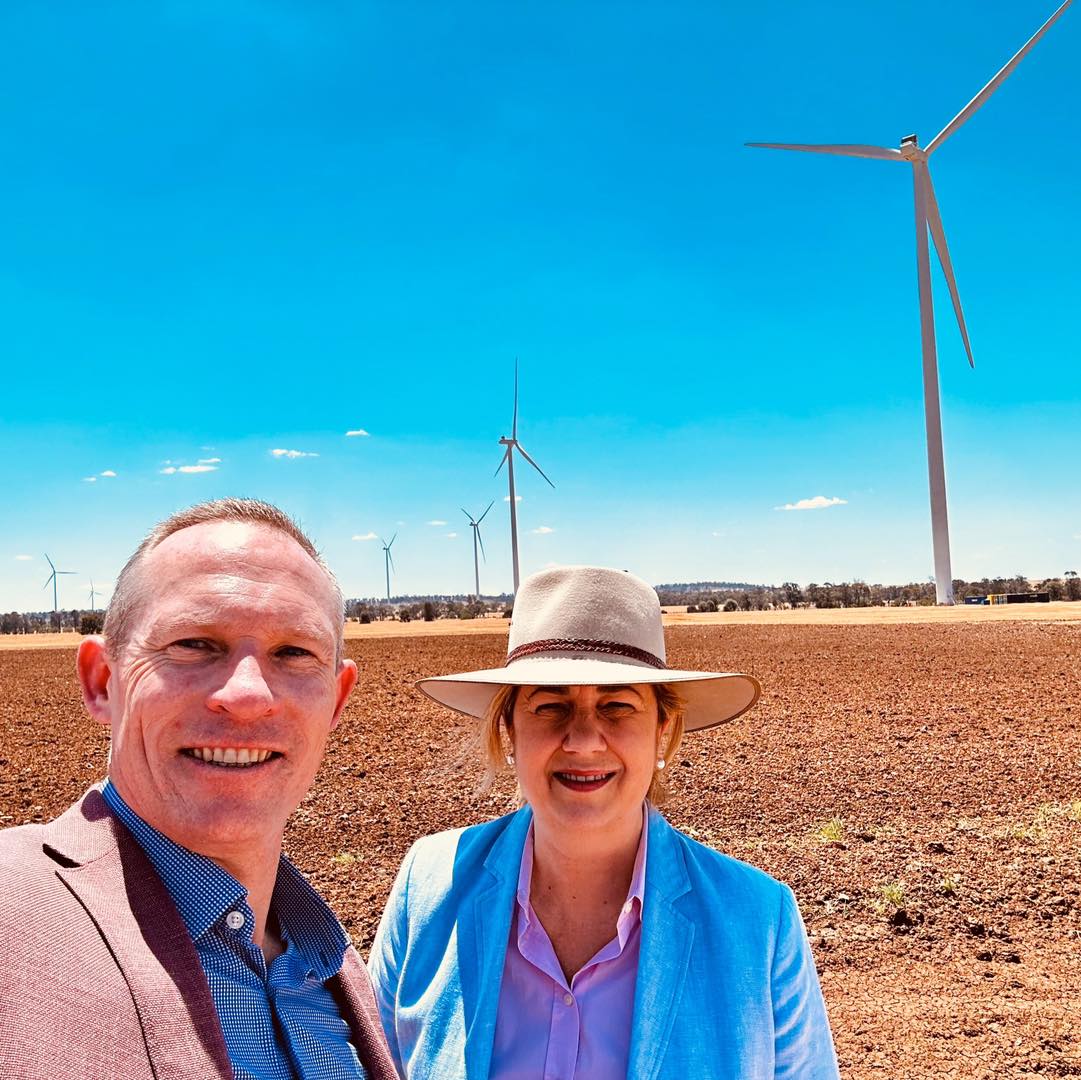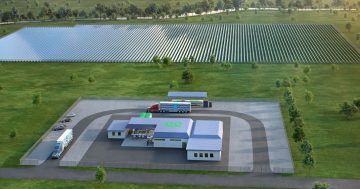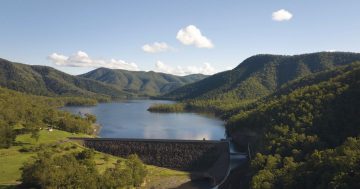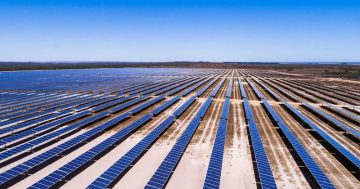
Queensland Energy, Renewables and Hydrogen Minister Michael de Brenni and Premier Annastacia Palaszczuk at a wind farm in Dulacca. Photo: Michael de Brenni.
Queensland’s Energy and Jobs Plan (QEJP) is a step closer following its introduction to parliament the same week the state’s energy workforce plan was released.
The QEJP includes commitments to legislate renewable energy targets, provide job security for energy workers and maintain public ownership of most of the state’s electricity system, while the Clean Energy Workforce Roadmap sets out $30 million in investments to help create a skilled, job-ready workforce to deliver the state’s clean energy transformation.
Queensland Energy, Renewables and Hydrogen Minister Michael de Brenni said the new legislation and roadmap meant energy workers at the state’s publicly owned coal-fired power stations could be confident of good jobs for them and future generations in regional Queensland.
“There are thousands of opportunities for decent, secure and well-paid jobs for Queenslanders in the clean energy transformation,” he said.
He added that the government will develop the highly skilled workforce required to roll out Queensland’s transition to renewable energy so we can help Queenslanders cut emissions and save on power bills.
Queensland’s clean energy transformation is expected to create about 100,000 new jobs in the state by 2040, including in the electrical trades, engineering, construction and technical sectors. In conjunction with the existing Future Energy Jobs Guide for workers and school leavers, the roadmap outlines a pathway for government, industry, workers and the community to create this future energy workforce.
“The Roadmap will further expand renewable energy training into more than 30 schools for 2000 students across Queensland,” Queensland Premier Annastacia Palaszczuk said.
“That includes establishing school-to-industry partnerships so that our young people can have the opportunity to have access to good paying and secure jobs in the regions they are living in.”
The roadmap was developed in consultation with more than 90 stakeholders and has received backing from industry groups, including Energy Skills Queensland and the Greater Whitsunday Alliance.
The QEJP bill provides additional commitments to workers in the state’s public coal-fired power stations, which are set to evolve into clean energy hubs by 2035.
In what the Queensland Government claims as a world first, the bill delivers a legislated Job Security Guarantee and Fund to provide these workers with access to new jobs, training or financial assistance.
“These laws are about our real commitment to a publicly owned energy system, one that protects tens of thousands of jobs in existing industries already vulnerable to carbon emissions,” Mr de Brenni said.
“Nowhere else in the world has a government offered a job security guarantee in law, to ensure Queenslanders … are given peace of mind and financial security as we deliver our transition to clean energy.”
The bill also enshrines the state’s renewable energy targets in law, establishes planning and governance pathways to support the roll-out of the QEJP and ensures a minimum 54 per cent public ownership of energy assets. The Queensland Government said the bill would also provide certainty to investors in renewable hydrogen, battery manufacturing, mining and metal refining, and help keep consumer energy prices down.
After months of consultation, the bill was introduced to parliament and has been given public support by several state and national unions and business and environmental groups.
Minister de Brenni said while significant progress had already been made under the QEJP, enshrining the plan into law would lock in an orderly transition.
“The Energy (Renewable Transformation and Jobs) Bill 2023 demonstrates to the world that Queensland is ready, willing and able to help tackle climate change,” he said.
“By publishing, funding and now legislating a comprehensive and achievable plan that commits the government to its renewable energy targets, we are taking the most substantial action on climate change in Queensland’s history.”







